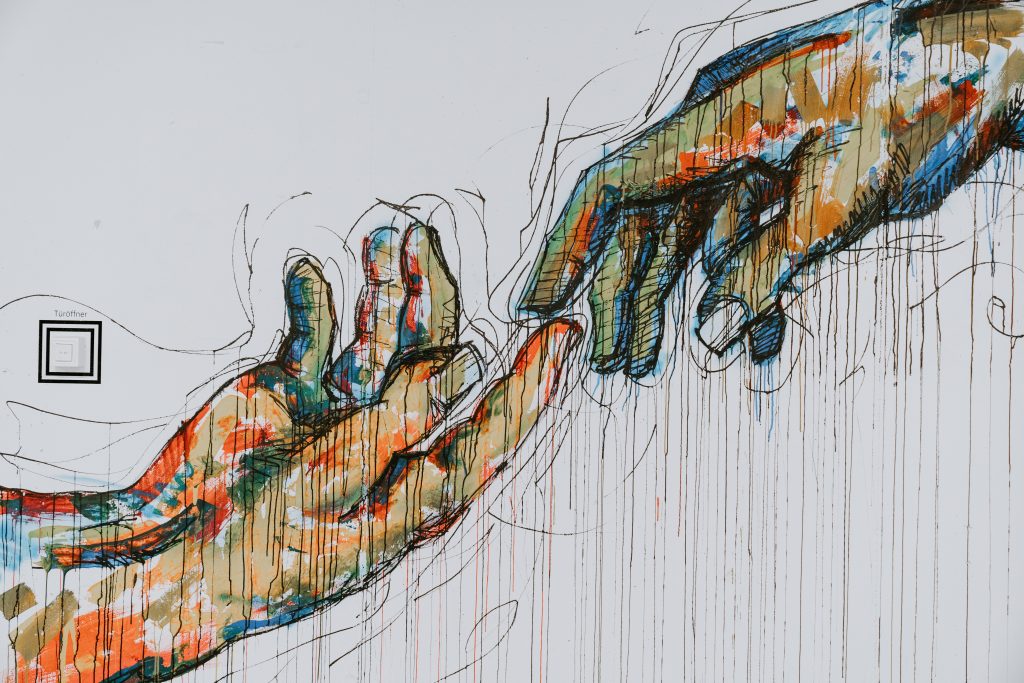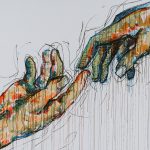I was deeply impressed by the welcome video message that Queen Elizabeth II sent to the numerous world leaders gathered in Glasgow from 31 October 2021 for the Climate Change Conference promoted by the United Nations.
In a passage of her speech the sovereign says:
“For more than 70 years, I have been lucky to meet and to know many of the world’s great leaders. And I have perhaps come to understand a little about what made them special.
It has sometime been observed that what leaders do for their people today is government and politics. But what they do for the people of tomorrow, that is statesmanship“
I asked myself: what difference is there for a leader to devote himself to government and politics or instead to be a statesman?
Is that what the latter does “for the people of tomorrow” as the Queen of England says?
Is it therefore his vision, the perspective to which his gaze tends, the horizon he indicates to his collaborators and which he manages to inspire in those around him?
Is it the art of governing that envelops his person and gives life to his actions?
Perhaps the point is right here: letting yourself be impregnated by the art of governing.
True leaders, in the end, have this special: they are artists of governance.
This idea of leadership that goes beyond the figure of the government leader, I believe is absolutely the basis of any type of leadership.

I was reminded of the introduction to the leadership development book I am writing:
My gaze is more directed towards a horizon where leadership is an art… practical.
Not so much a subtle art, a little “subtle” and convincing or an art of impact, too explicit and direct.
More like the art of a craftsman, of a Renaissance artist, of someone who has to do first of all with himself, with what is asked of him, with the question, the expectations to which he must respond. Then with the responsibility and the reality that this response is going to face and impact. And finally with relationships, with others: the group, the team, the community, the organization… to which the artist-craftsman belongs and to which he responds.
So the leaders are basically all artists?
Certainly good leaders are, yes, they are also a little bit artists.
People capable of letting themselves be crossed by the creative spirit that each one has received as a gift since birth and that supports us in remaining in an original way in the flow of our present.
Artisans of relationships, weavers of shared realities, painters of horizons who know how to dose energy and resources, knowledge and experience, imagination and practicality.
Winston Churchill loved to paint.
In his “Painting as a Pastime” he argues that there are different affinities between facing a battle and painting a picture.
The painter is often faced with his canvas as someone who has to face a long, intertwined and ever-changing discussion.
There is a pattern of action which, although composed of few or many parts, is guided by a unity of purpose.
” It must require an intellect on the grand scale “. We would say today, one must be able to imagine (in the creative sense) the “big picture”.
And that is ” There must be that all-embracing view which presents the beginning and the end, the whole and each part, as one instantaneous impression retentively and untiringly held in the mind “.
Which we could summarize in having that ability to constantly and vividly keep in mind the past and the future, the particular and the general while remaining well anchored to acting in the present.
For those in leadership roles, embracing the power of creativity to nurture that “ intellect on the grand scale ” is the key to discovering how special their way of being leaders can be.
Helping those called to be leaders to have the key in their own hands is the purpose of a good leadership development path.

